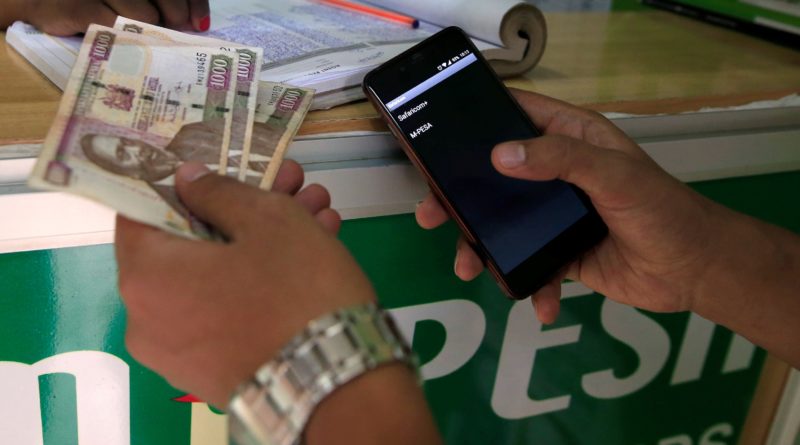Financial institutions evolve into digital enterprises
Digitisation has fundamentally changed various industries in Kenya and continues to disrupt our everyday lives like electricity and the railroad did in the industrial Revolution in the 18th century. Just like electricity ended the Standard Oil Corporation’s monopoly of lighting homes with kerosene so will technology revolutionise every industry.
A digital revolution is underway and as a banker I can authoritatively say the banking industry has been the most dynamic. I have seen innovation democratize banking from serving our customers over the counter to launching more branches and working with agents to reach more customers as well as introducing ATM machines and debit cards to the launch of Internet Banking including mobile-based banking.
As digital enterprises, financial institutions of the future are using digital technology to offer banking as a service and reach customers away from the traditional brick-and-mortar branch and ATMs.
But bankers are not the only ones innovating. As we speak IBM is working with an ag-tech social enterprise called Hello Tractor to launch a digital wallet and data tool for farmers.
Something like an ‘Uber’ or “Little” for tractors, the ag-tech social enterprise will collect information to help connect farmers to tractor owners and tractor owners to banks for asset financing.
Hello Tractor is working out of IBM’s research lab in Nairobi, Kenya and is trying technologies such as Watson Decision Platform for Agriculture, Blockchain, IoT and cloud, to bring new services to the app for tractor owners and dealers, farmers and financial institutions.
Before Hello Tractor, Kenya’s Twiga Foods announced its working with IBM to deploy blockchain to solve farmers supply-chain and credit access problems in Kenya. If these examples look hard, look at how Jumia has brought most electronic vendors online to build an ‘Amazon’ of Africa. Jumia is reportedly a billion dollar company now or a ‘unicorn’ as mostly called in the US. Little and Uber are also great examples which have made transport easy by giving users access to cars anytime they need them.
These platform-like innovations are not new to Kenya, a ‘Harambee’ nation, where the idea of pooling resources together is not new.
With the advent of the Internet, banks introduced internet banking. However, with the popularity of the mobile phone, mobile banking was inevitable. Kenya’s M-Pesa, launched by Safaricom in 2007 revolutionised mobile banking.
Before long, financial institutions ushered in innovations such as KCB’s KCB M-Pesa, Barclays Bank’s Timiza, Maisha Microfinance Bank’s mobile banking platform dubbed M-Doh and Equity Bank’s Eazzy Banking. CBA’s mobile loans and savings platform M-Shwari has been complemented by newer non-bank digital platforms such as Tala, Branch and many others.
Microfinance banking institutions have also not been left behind in adopting technology to drive their financial inclusion agenda and expand outreach. Maisha Microfinance Bank’s savings and loans solution, M-Fanisi is democratising access to credit by reducing customers’ dependence on ATMs, Internet banking and visits to the branch and also enhancing a savings culture in Kenya.
Financial institutions are digitising everything they have been known for including loans, savings and financial advice so as to win the customers loyalty.




